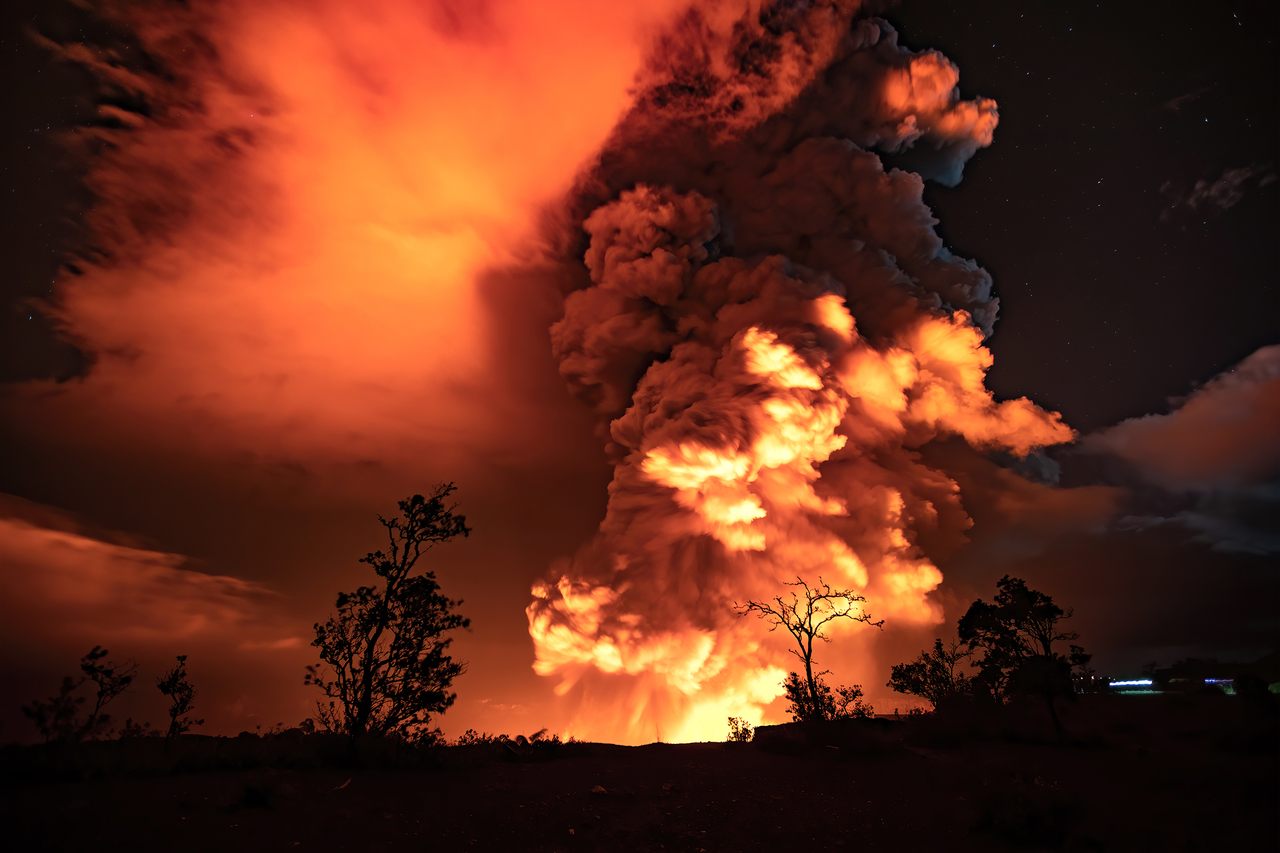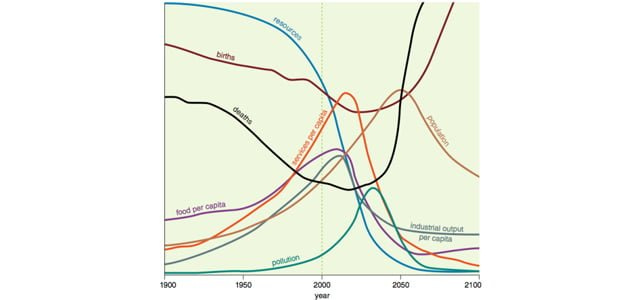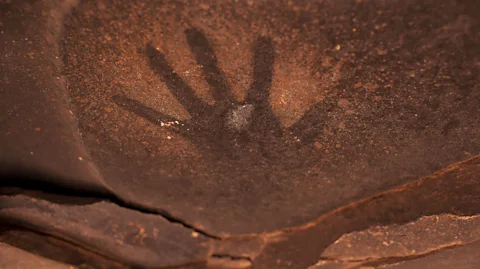Drug shortages in England are now at such critical levels that patients are at risk of immediate harm and even death, pharmacists have warned.
The situation is so serious that pharmacists increasingly have to issue “owings” to patients – telling someone that only part of their prescription can be dispensed and asking them to come back for the rest of it later, once the pharmacist has sourced the remainder.
Hundreds of different drugs have become hard or impossible to obtain, according to Community Pharmacy England (CPE), which published the report. Widespread and often long-lasting shortages posed “immediate risks to patient health and wellbeing” and caused distress, it said.
“The medicine supply challenges being faced by community pharmacies and their patients are beyond critical,” said Janet Morrison, CPE’s chief executive. “Patients with a wide range of clinical and therapeutic needs are being affected on a daily basis and this is going far beyond inconvenience, leading to frustration, anxiety and affecting their health.
“For some patients not having access to the medicines they need could lead to very serious consequences, even leaving them needing to visit A&E. Medicines shortages are leading to delays in patients being able to access certain critical or potentially life-saving medicines in a timely manner.”
Recent months have seen key medicines for the treatment of type 2 diabetes, ADHD and epilepsy becoming unavailable. Last year saw shortages of HRT, adrenalines and antibiotics.
James Davies, the Royal Pharmaceutical Society’s director for England, said: “Medicines shortages are disrupting treatment for some patients and destabilising their health.”
…click on the above link to read the rest of the article…


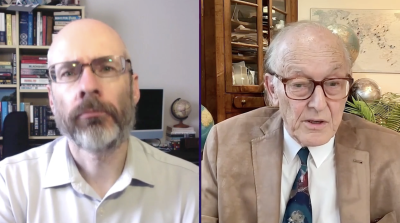
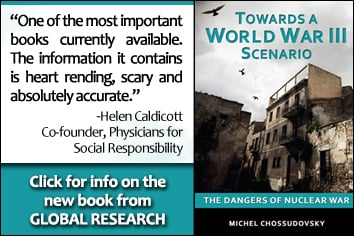 “
“
